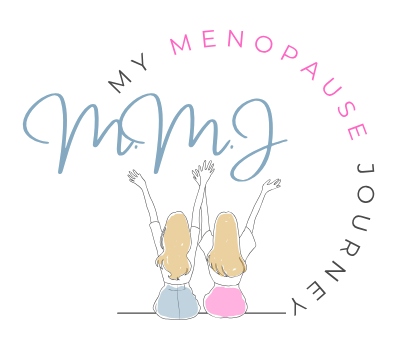Mindful Creativity During Menopause: Feel Better Now
Menopause is a time of change—physically, emotionally, and mentally. It’s also a time when you may feel like your emotions are bouncing off the walls, and you’re unsure how to regain control. If you’re looking for an effective, enjoyable way to manage those ups and downs, creativity might be the answer. Whether it’s picking up a paintbrush, writing in a journal, or knitting a scarf that’s already longer than your patience, creative activities offer more than just a hobby—they can be a powerful tool to help you navigate menopause with a little more peace and a lot less stress.
In this article, we’ll explore the benefits of mindful creativity during menopause, from managing stress and anxiety to improving cognitive function and emotional health. It’s time to put your creativity to work—not only to produce something beautiful but also to bring balance to your mind and body during this transformative phase.
Why Creative Expression Works
Creative expression taps into a unique part of your brain that offers much-needed relief during menopause. Instead of letting your emotions simmer and bubble over (which, let’s face it, can happen at the drop of a hat), engaging in creative activities provides a healthy outlet for all those swirling thoughts and feelings. Whether it’s painting, journaling, or even baking, creativity forces you to focus on the task at hand, allowing you to quiet your mind and reduce the mental clutter that often comes with menopause.
Studies have shown that creative activities have real psychological benefits. Research published on VeryWellMind found that dedicating just 20 minutes a day to creative pursuits can significantly reduce stress and boost overall well-being. This brief but consistent engagement helps you shift your attention away from menopause symptoms and emotions, offering a mental “reset” that’s much needed when things feel overwhelming. So yes, 20 minutes a day—just enough time to eat a snack and maybe ruin a batch of cookies, but also enough to clear your head.
Moreover, organisations like Beyond Blue in Australia highlight the mental health benefits of creativity, particularly in managing anxiety and depression—common struggles during menopause. By using creative activities as a coping strategy, you can reduce emotional volatility and improve your mood, creating a healthier mindset to tackle whatever menopause throws your way. So, next time you’re about to unleash your fury on a traffic light that refuses to turn green, try channelling that energy into a creative project. You’ll feel way more zen and way less road rage-y.
Creative Practices to Try
Now, let’s talk about the actual creative activities that can help you find your calm (and maybe even a bit of joy) during menopause. Here’s a little inspiration to get you started.
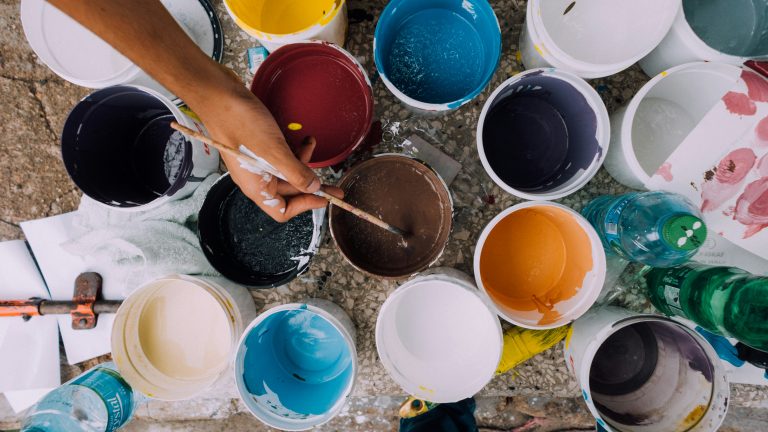
Painting or Drawing
You don’t have to be a professional artist to grab some colours and let your creativity flow. In fact, abstract art is your friend during menopause—if your painting ends up looking like a splash of random colours, that’s just the menopause magic at work. Who needs structure anyway? It’s therapeutic and free. Grab a canvas (or any old piece of cardboard) and let yourself get lost in it. The process is more important than the product, so if your masterpiece ends up looking like something your dog could do, that’s okay. Embrace the chaos.
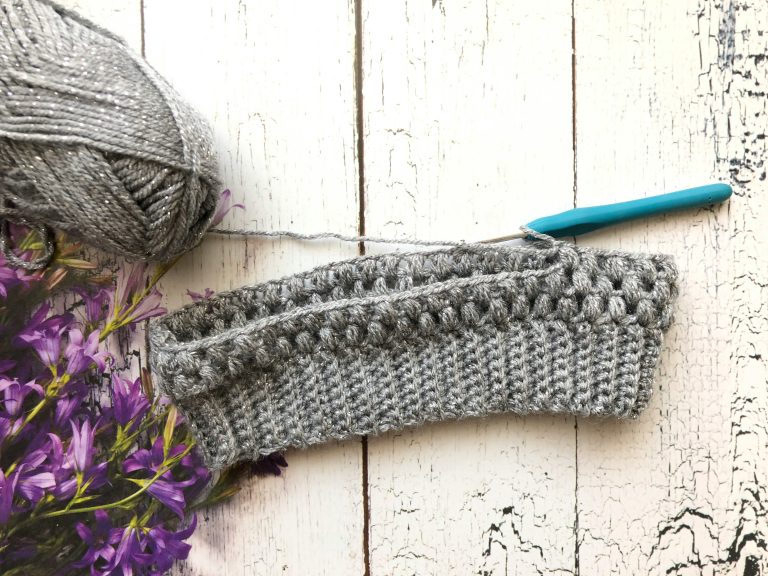
Knitting or Crochet
You know what they say, knitting keeps your hands busy and your mind relaxed—unless you’re accidentally knitting your scarf into a sweater, but that’s just part of the fun. The rhythmic motion of knitting can help calm the nervous system, which is basically like giving yourself a stress massage one stitch at a time. Plus, when you finish a project, you’ll have something tangible to show for all that stress management. Whether it’s a scarf, a blanket, or a small army of knitted vegetables, you’ll feel accomplished. And if all else fails, you can always use the scarves as stress balls. They’re soft, and they’re useful. Win-win.
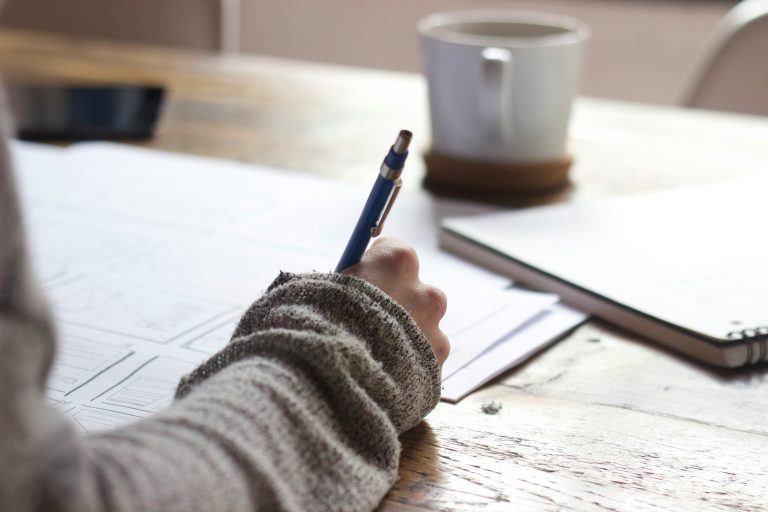
Writing
This one’s close to my heart because let me tell you, menopause and writing have become my therapy. Writing is an outlet for your thoughts, your frustrations, and even those moments when you feel like you’re losing your marbles. Start with journaling if you want to ease into it, or even try writing short stories. My writing started as a way to get my menopausal thoughts out of my head, but it soon became a full-blown hobby. I’ve written about everything from hot flashes to my inability to remember where I put my glasses—yes, menopause brain fog is real! It’s also incredibly cathartic. Plus, it’s a great way to look back on all the hilarity (and weirdness) menopause has brought into your life.
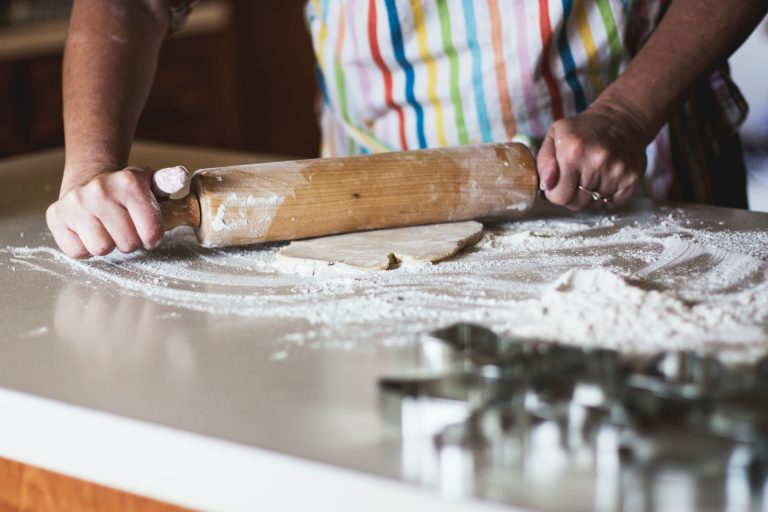
Cooking or Baking
Yes, even cooking can be creative! Don’t think you need to become a MasterChef contestant to enjoy the therapeutic benefits of cooking. Try new recipes, get experimental with ingredients, and embrace the joy of creating something delicious out of random ingredients you found in your pantry. Sure, you may end up burning the roast, but that’s just part of the process. Every creation (or failure) is a win in your book. Plus, you get to eat your mistakes, so it’s basically a double win. Cooking can be your creative outlet and your snack, all in one.
Benefits of Creative Expression
Engaging in creative activities can do wonders for your mind and body during menopause. Here’s how:
Reduces Stress and Anxiety
Creative expression acts as a natural stress reliever. By focusing on the process rather than the outcome, you can quiet your mind and reduce the stress that accompanies menopausal symptoms. It’s like a mini vacation for your brain! Beyond Blue: Benefits of Creativity
Enhances Cognitive Function
Menopause can often bring on “brain fog,” but creative activities help keep your brain sharp. Whether it’s writing, painting, or problem-solving in knitting, creative outlets stimulate your brain, improving memory and cognitive function. (Frontiers in Psychology: Creative Expression and Cognitive Benefits)
Increases Mood and Happiness
Creative activities can boost dopamine levels—the “feel-good” hormone. Whether you’re knitting, painting, or cooking, the sense of accomplishment and joy can lift your mood and give you a natural high. (Positive Psychology: Creativity and Well-Being)
Provides Emotional Relief
During menopause, emotional fluctuations can feel out of control. Creative expression offers a healthy outlet for these emotions. It provides a safe space to explore and release feelings that might otherwise feel overwhelming. (Beyond Blue: Managing Anxiety Through Creativity)
Fosters a Sense of Achievement
As you create, you’ll feel a sense of purpose and accomplishment. Whether it’s completing a painting or finishing a knitting project, the satisfaction of creating something with your own hands boosts confidence and self-esteem. (National University: The Science of Achievement Through Creativity)
Mindful creativity isn’t about being perfect—it’s about giving yourself the freedom to create, express, and enjoy the process. Whether it’s painting or baking, creativity can be a wonderful way to manage menopause symptoms while boosting your mood. So, next time your emotions feel like they’re running wild, grab a paintbrush, pick up a pen, or start knitting something that will never, ever look like it belongs in Vogue. It’s all about finding that little slice of joy and peace amidst the chaos. And who knows? You might just surprise yourself with your inner creative genius.
